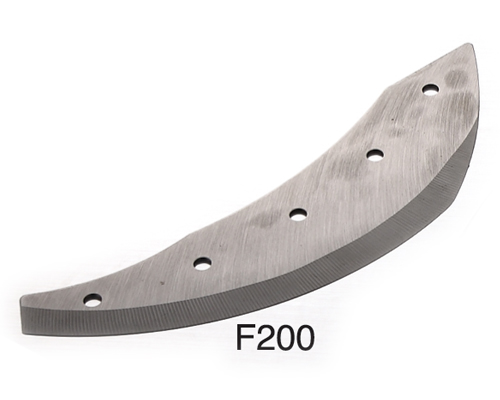Specialty blade engineering
 Specialty blade engineering
Specialty blade engineering
Specialty Blade Engineering: Precision Solutions for Unique Challenges
Introduction: Specialty blade engineering represents the pinnacle of precision manufacturing, offering tailored solutions meticulously crafted to address the specific challenges faced by various industries and applications. In this comprehensive discourse, we delve into the world of specialty blade engineering, unraveling the intricacies of the engineering process, innovative technologies utilized, and the wide array of applications where specialty blades excel.
Section 1: Understanding Specialty Blade Engineering Specialty blade engineering is a specialized discipline that focuses on designing and manufacturing blades optimized for specific tasks, environments, and performance requirements. This section provides an overview of specialty blade engineering, highlighting its importance in delivering superior performance, durability, and reliability.
Section 2: The Science Behind Blade Design At the core of specialty blade engineering lies the science of blade design, where engineers meticulously analyze factors such as material properties, geometry, and aerodynamics to optimize blade performance. This section explores the key considerations in blade design, including material selection, stress analysis, and fluid dynamics simulations.
Section 3: Material Selection and Optimization Material selection is a critical aspect of specialty blade engineering, with different materials offering unique properties suited to specific applications. This section examines the various materials used in blade engineering, such as high-speed steel, carbide, and ceramic composites, and the criteria considered when selecting and optimizing materials for performance, durability, and wear resistance.
Section 4: Precision Manufacturing Techniques Precision manufacturing techniques are essential in specialty blade engineering to ensure the highest level of accuracy, consistency, and quality. This section explores the various manufacturing processes employed, including CNC machining, laser cutting, EDM (Electrical Discharge Machining), and surface finishing, each tailored to the specific requirements of the blade design and material properties.
Section 5: Applications Across Industries Specialty blades find applications across a wide range of industries and activities, each with its unique set of challenges and requirements. This section highlights some of the key industries that rely on specialty blade engineering, including aerospace, automotive, medical, woodworking, and food processing.
Section 6: Innovations Driving Specialty Blade Engineering The field of specialty blade engineering is characterized by continuous innovation, driven by advancements in materials science, manufacturing technologies, and design optimization. This section explores some of the latest innovations in specialty blade engineering, such as the use of additive manufacturing, advanced coatings, and computational modeling.
Section 7: Collaboration and Customization Successful specialty blade engineering requires close collaboration between engineers, designers, and end-users. This section examines the collaborative process involved in blade engineering, from initial concept development to prototype testing, and the importance of customer feedback in refining and optimizing blade designs.
Section 8: Quality Assurance and Testing Quality assurance is paramount in specialty blade engineering, with rigorous testing protocols employed to validate performance, reliability, and safety. This section explores the testing procedures used to evaluate blade designs, including mechanical testing, metallurgical analysis, and performance testing under real-world conditions.
Section 9: Sustainability and Environmental Responsibility In an era of increasing environmental awareness, sustainability and environmental responsibility are becoming key considerations in specialty blade engineering. This section explores some of the sustainable practices and initiatives being adopted by manufacturers to minimize waste, conserve energy, and reduce environmental impact throughout the engineering process.
Section 10: Global Market Dynamics The global market for specialty blade engineering is characterized by steady growth, driven by increasing demand from industries seeking customized solutions for their specific needs. This section explores some of the key market trends and dynamics shaping the industry, including emerging opportunities in regions such as Asia-Pacific, Latin America, and the Middle East.
Section 11: Conclusion and Outlook In conclusion, specialty blade engineering plays a crucial role in meeting the evolving needs of industries worldwide. As technology continues to advance and market demands evolve, the future of specialty blade engineering is promising. Let us continue to embrace innovation, collaboration, and sustainability as we strive to create a future where specialty blades set the standard for precision, performance, and reliability across a multitude of applications.